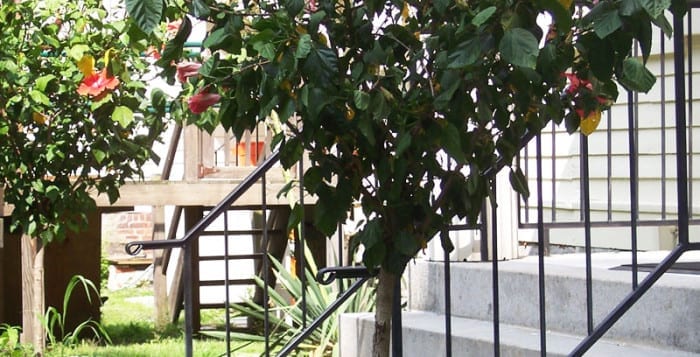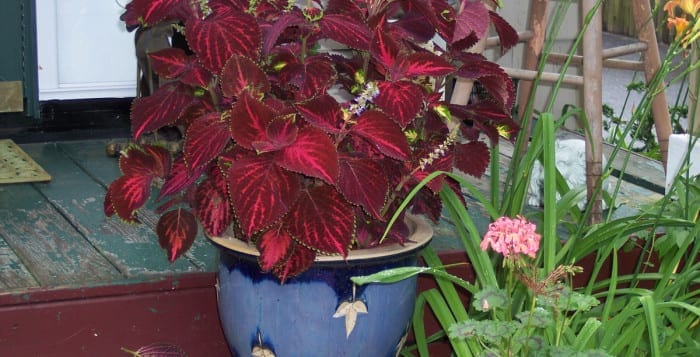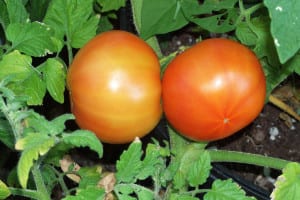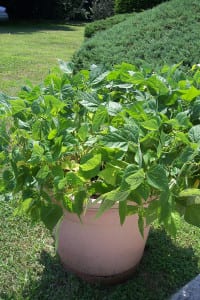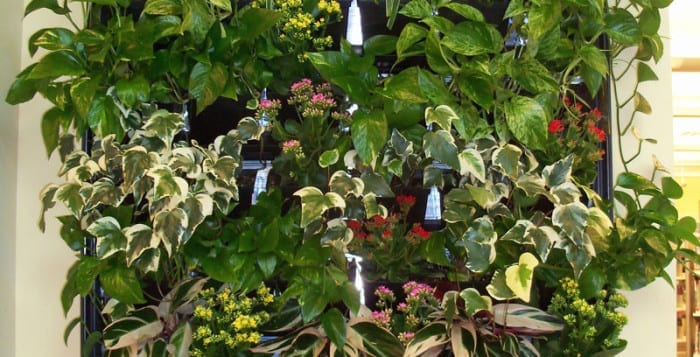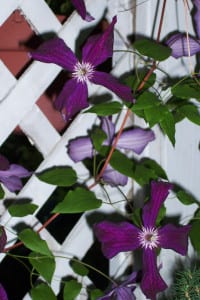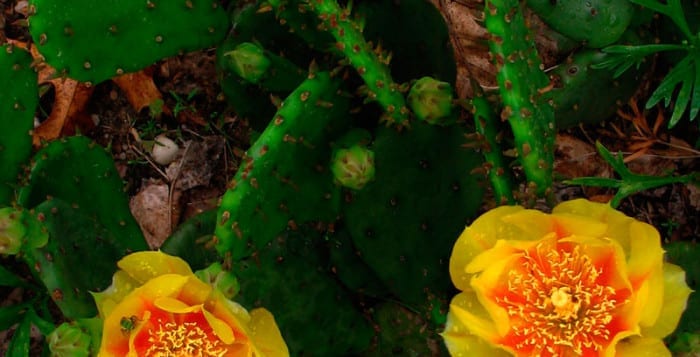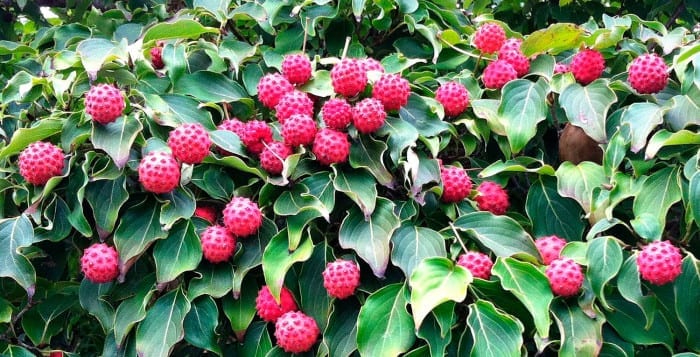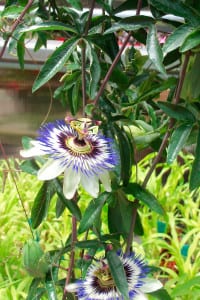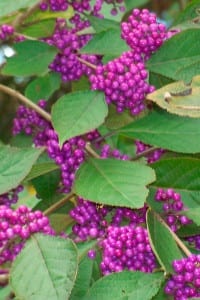By Ellen Barcel
Last week we took a look at some specific plants that can grow in small spaces. Since there are many options, we’ll take a look at a few more this week.
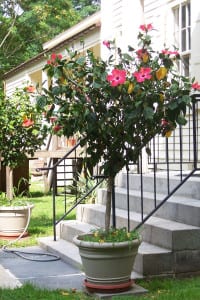
A wide variety of vegetables can be grown in pots or tubs including string beans, cucumbers (with a trellis) and squash. Remember to replant for a second crop when the plants cease bearing. String beans, for example, can continue to grow well into the fall.
Roses can also be grown in tubs (medium-sized plants) or window boxes (for tiny rose plants). Like herbs, roses need sun; so select a location for your pots, rock garden etc. that gets at least six hours of sun a day. Miniature roses come in a wide variety of colors: ‘Sun Sprinkles’ is a bright yellow, ‘Hot Tamale’ is a gorgeous mix of deep pink and yellow, ‘Cinnamon Girl’ is a burgundy and ‘Innocence’ is the palest shade of pink, almost white.
Remember to check your rose plants for thorns. If the one you select has a lot of them, make sure you locate it where someone won’t trip and hurt themselves. Miniature roses are prone to the same problems that medium and large rose bushes are, namely black spot (a fungal disease) and aphids. So, you need to take the same care that you would if growing a full-sized plant, that is, use a rose spray unless the variety you select specifically says disease resistant. Also, avoid watering the leaves — aim the hose at the soil. Keeping the leaves dry helps to prevent fungal diseases. If you have a deer problem, make sure that the rose bushes are planted where the deer can’t reach them.
Since roses prefer soil that is only slightly acidic (6.5) to neutral (7), growing roses in pots works well from the soil pH since most potting soil is closer to neutral. If you decide to plant your small roses in your garden soil, test it first. If it is very acidic, you need to add lime.
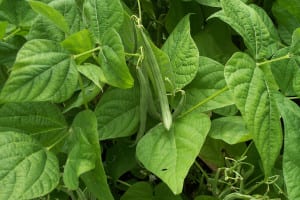
In addition to shrub roses, consider a tree rose — a wide variety of colors are available — which can be grown in a large tub. Tree hibiscus also does well in tubs.
If you have enough space on an open porch, deck or patio, you can grow dwarf evergreen trees. Dwarf Alberta spruce (Picea clauca) is a sturdy evergreen that grows well in USDA hardiness zones 2 through 8. This dense, slow growing tree prefers full sun and because of its small size fits into small spaces as well as large tubs. Putting a pair on either side of an entrance way gives a formal appearance. You can even decorate with small Christmas lights and ornaments come the holidays. It can be pruned into a topiary if you wish. While the tree can reach 10 feet tall, it’s such a slow grower that it will not usually be a problem for 25 to 30 years.
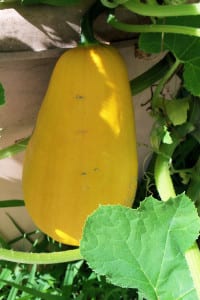
Dwarf deciduous trees grow well in tubs. Dwarf fruit trees provide flowers in the spring and fruit in summer or fall. ‘Juliet Dwarf Cherry,’ for example, grows just five to eight feet tall, is self-pollinating and does well in USDA hardiness zones 2 through 7 (Long Island is zone 7). Because of their small size, it’s easy to prune them and easy to put netting to protect the fruit from hungry birds. Other dwarf trees include dwarf apple, pear and fig. Dwarf lime, lemon and orange can be grown outdoors in summer but must be moved indoors in the colder weather.
Bonsai: If you’re really into gardening as a hobby, consider bonsai, plants deliberately kept miniature by root and branch pruning. Bonsai are grown in small containers, but, a warning, this hobby is for the dedicated gardener as it requires a fair amount of work and knowledge. Deciduous plants such as Japanese red maple make for beautiful bonsai but must also be wintered outdoors, in a protected area, as the bonsai version needs a period of rest just like the full-sized plant.
Ellen Barcel is a freelance writer and master gardener. Send your gardening questions and/or comments to [email protected]. To reach Cornell Cooperative Extension and its Master Gardener program, call 631-727-7850.

